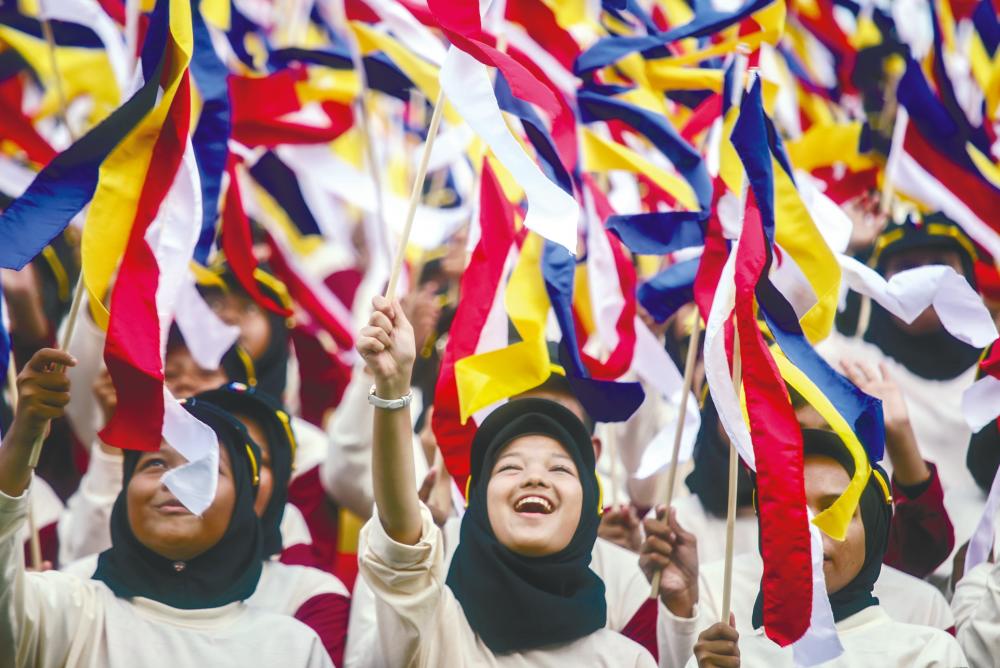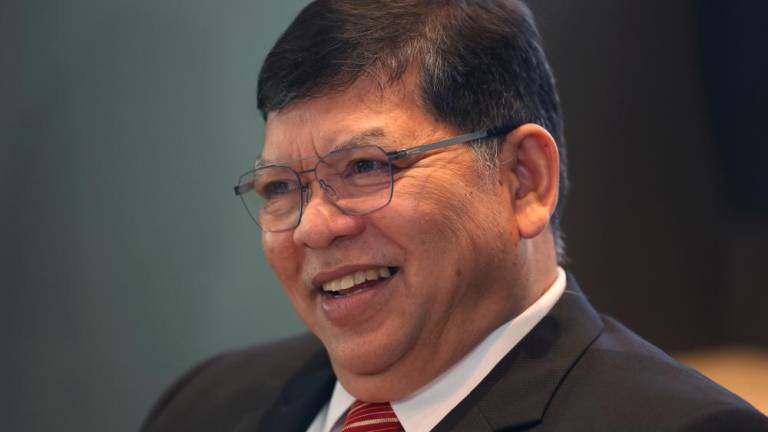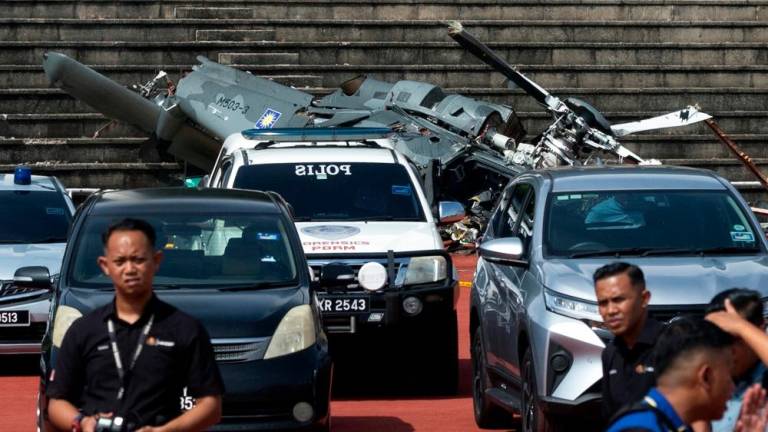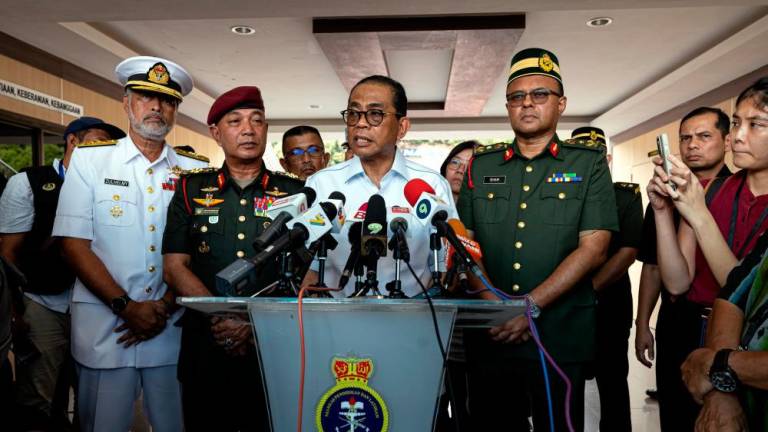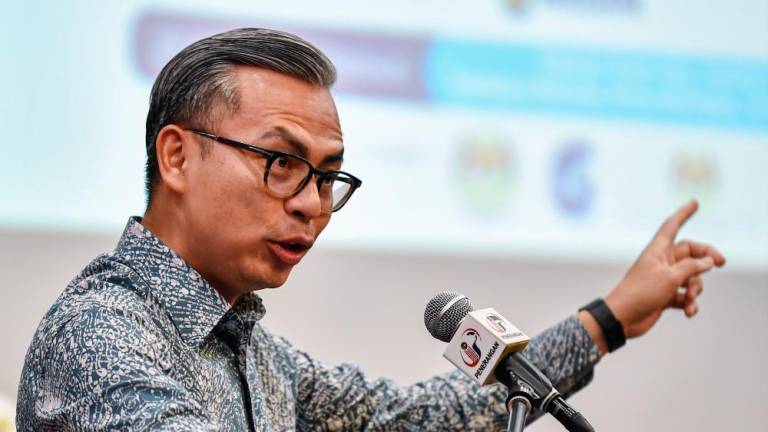ONCE again, we are revisiting the matter of national unity and integration, this time through a full-fledged Ministry of National Unity.
This has been an ongoing issue addressed by previous administrations through a variety of units and departments within various ministries. They have developed various strategies to coalesce disparate entities into a synergistic mould of national unity and identity with several national symbols.
The Rukun Negara has been used as a symbol of national identity and unity. Sadly, it has remained as a textual expression rather than as an integral tenet to foster an integrative mindset.
Previous attempts at cultural integration through the National Cultural Policy have remained inert. The Ministry of Culture, Youth and Sports, which later morphed into the Ministry of Tourism and Culture superficially addressed this issue of national unity and integration. Except for copious working papers nothing much was delivered.
Its successor, the National Council for Heritage, which focuses on integration through preservation and conservation of tangible and intangible heritage, has only been able to address the physical rather than the cerebral aspects of integration.
The previous government had a Consultative Council for Harmony to address issues of unity, but it was dissolved by the present administration which replaced it with a Ministry of National Unity. To facilitate the realisation of this elusive quest, the ministry has formed a National Unity of Advisory Council and a think-tank.
The question is, what sort of unity have we been pursuing? Is it acculturative? Acculturation is a process in which a minority foreign culture adopts elements of the prevailing culture but still practises its original cultural values and traditions. A culture or tradition that exists within a dominant culture but without assimilating the dominant cultural elements exists in a segregated form.
Integration is one where the minority culture absorbs some of the elements of the prevailing culture but retains some of its traditional culture. Assimilation is when the minority culture blends with the prevailing one only retaining superficial elements of its original culture.
It affects behavioural change blending the values, norms, customs, language and attitudes of the prevailing culture. As an example, the Peranakan and Portuguese communities in Malacca have integrated into the prevailing culture.
But in Peninsular Malaysia, the three main ethnic groups, namely the Malays, Chinese and Indians have remained segregated. Each has its own beliefs, customs and language. They have their respective vernacular education systems. There have been no attempts at assimilation or integration.
On the other hand, in Sabah and Sarawak the process of integration has long been ongoing in the use of a single language and the sharing of norms, values and customs.
What is the ministry’s direction in forging a national identity? Acculturation is not possible as each ethnic group is calcified in its own religious and cultural identities. We could have achieved some measure of acculturation if there had been a pivotal political will immediately upon achieving independence.
There was then enough momentum towards this end. But we have missed the boat. Thus far, national unity has only been given lip service.
In Malaysia we have tried to nurture it through events such as the Rukun Negara campaign, national unity month, Bulan Bahasa Kebangsaan, and other ad hoc measures to display a pretence of national cohesion.
National unity can only be nurtured if the various players are willing to relinquish their dogmatic and chauvinistic stance.
Likewise, Sabah and Sarawak should look beyond their provincialism to embrace the national ethos.
Once we have accepted these precepts, we can then move forward to embrace national unity and identity, which can be nurtured through respect of each other’s differences and the willingness to share and relinquish each other’s dogmatic and chauvinistic stance. We need to accept the fact that every citizen, irrespective of colour, creed and ancestral origin, has a rightful place in this beloved country.
Mohamed Ghouse Nasuruddin is with the Centre for Policy Research and International Studies, Universiti Sains Malaysia. Comments: letters@thesundaily.com



